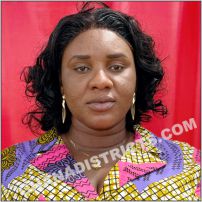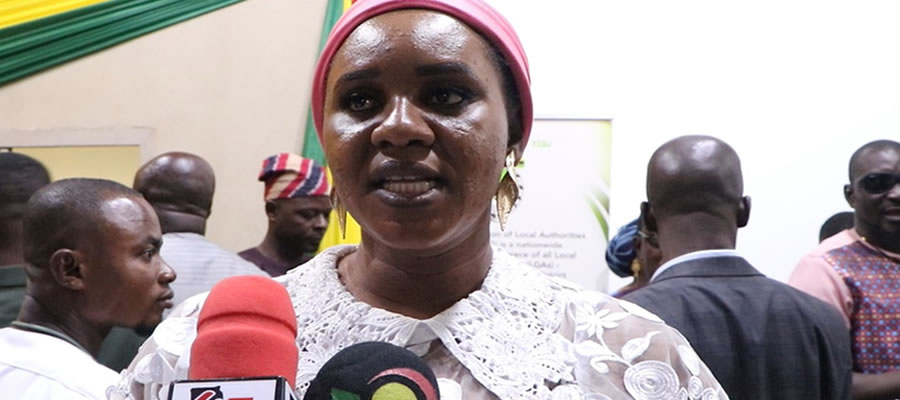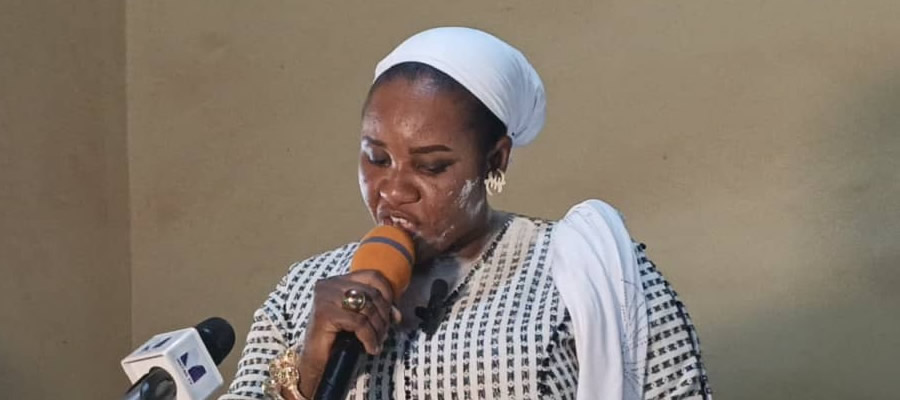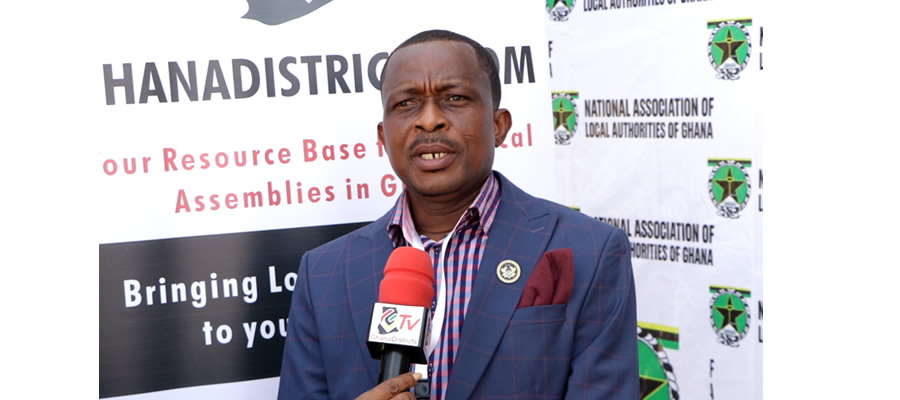

Education
Distribution of schools Infrastructure in the Municipality (public and private)
The Jaman South Municipal currently has a total of 267 basic schools (public = 196 and private = 71). This comprises 95 Kindergartens, 95 primary and 71 junior high schools located in eight educational circuits. The Municipal also has 6 Senior High Schools and a private vocational training school which is not in operation. The distribution of schools in the Municipal is summarized in table below.
Though the basic education facilities are fairly distributed in the various circuits, the secondary educations are concentrated only in the Municipal capital. This has often resulted in inadequate access to secondary education in the district. The private sector (mostly Religious Organizations) plays an important role on educational delivery in the Municipality. The Catholic Mission established and manages the vocational institute in the Municipality. However, taking a critical look at the KG infrastructure in the Municipality, it could be seen that most (70) of them (pre-schools) are either operating in the dilapidated structures or under trees. Therefore, there is the need for stakeholder to take the necessary action towards providing them.
Trained teaching staff especially for the basic level is over populated in both private and public schools in the Municipality. As indicated in the Table 1.18 the Municipal has a total teacher population of 1,380 (in both scenarios), representing a teacher-pupil ratio of 1:23 at the basic levels as at 2016. Though the figure constituted both trained (729) and untrained (651), teacher-pupil ratio in the Municipality is above standard as compared with the national standard of 1:45. The untrained teachers, who constituted 47% of basic teachers in the Municipality, were more at the primary level in both cases. Entirely, the Municipal’s picture for both trained and untrained teachers is far above the national standard of 1:40-45. Also, analyzing the district teacher staffing situation on both scenarios, it is clear that there are more untrained teachers in private schools as compared with public schools. This implies that stakeholders in the Municipality should take measures to improve quality teaching and learning at the private schools in the area.
Over all, working with these numbers would mean that teachers would have less work to do in schools. Therefore, is expected quality of education would be greatly enhanced in the Municipality.
It is however worth noting that this is an average and that many schools have ratios below the average. Moreover at the JHS, the focus is on subject teacher and some subjects do not have the corresponding teachers.
From the table above, it means more children can, and should be enrolled without necessarily increasing the number of teachers in the Municipality over a long period of time. There is the need for a serious drive towards increased enrolment of children of all ages. Thus, more efforts on enrolment drive especially at the rural levels.
Schools Enrolment Levels
Table 1.15 shows the trend in enrolment from 2013/2014 to 2015/2016 academic years. Total enrolment at the basic level increased from 31,803 in 2014/15 to 37,130 in 2015/2016 academic year representing 16.7% increased.
Table 1.15: Schools Enrolment at all Levels
The activities of NGO/Development Partners should be encouraged in the area to help educate parents on the need to increase enrolment and retention in schools especially among girls. The partners could be encouraged to support education in the Municipality by supplying furniture to schools, making schools gender friendly by providing KVIPs and urinals, uniforms, bags and learning materials to the needy children.
Furniture Situation
Data from the GES Directorate indicates that furniture in the Municipality is inadequate. Two main factors explain this. There are increasing in enrolment without a corresponding supply of furniture and poor maintenance of existing ones resulting in breakdowns. It is estimated that 4000 dual desks and 1500 mono desks are required in the Municipality. The figure below shows the details of furniture requirements. There should be more efforts in the provision of 2000 NALAP furniture for the KG schools.
School Performance
The district BECE results show a consistent increase in the pupil’s performance from 2014- 2016. The table below explains the District performance in BECE from 2014-2016
Ghana School Feeding Program Ghana School Feeding programme, since its inception in the Municipality around 2005, has made some gains in the enrolments and thereby improving the attendance at both primary and KGs levels within the beneficiary schools. The table explains the GSFP situation in the Municipality.
Monitoring of the Programme
During the year under review, the Municipal Implementation Committee (DIC) had undertaken a number of activities to ensure the successes of the programme.
The Municipal Assembly has collaborated with the program caterers in the provision of decent cooking facilities in the form of local kitchen infrastructures. The DIC also monitored the progress of the program throughout the period.
Problems in the Educational Sector
The major problems confronting the education delivery in the Municipality include the following;
- In adequate access to basic school infrastructure eg KGs
- Inadequate furniture for all levels of basic schools
- Inadequate logistics for effective supervision
- Poor quality of teaching and learning especially at the basic level
- Lack of TLMs for basic schools
- Numerous untrained teachers especially in the private schools
- Low enrolment in the rural communities.
- Poor maintenance of existing schools infrastructure
Figure 1.11 Map of School facilities
Date Created : 6/15/2023 12:00:00 AM












 facebook
facebook
 twitter
twitter
 Youtube
Youtube
 +233 593 831 280
+233 593 831 280 0800 430 430
0800 430 430 GPS: GE-231-4383
GPS: GE-231-4383 info@ghanadistricts.com
info@ghanadistricts.com Box GP1044, Accra, Ghana
Box GP1044, Accra, Ghana